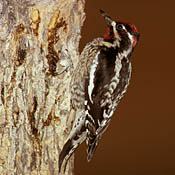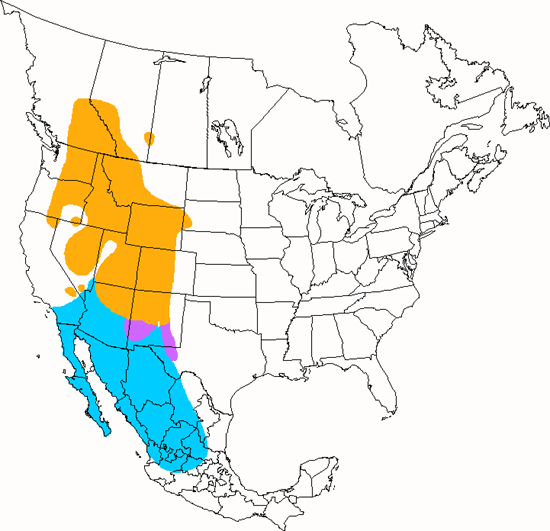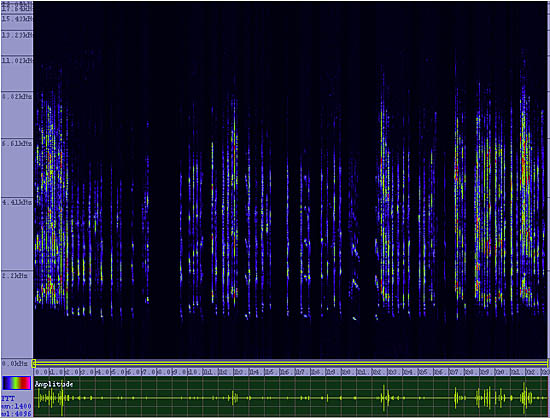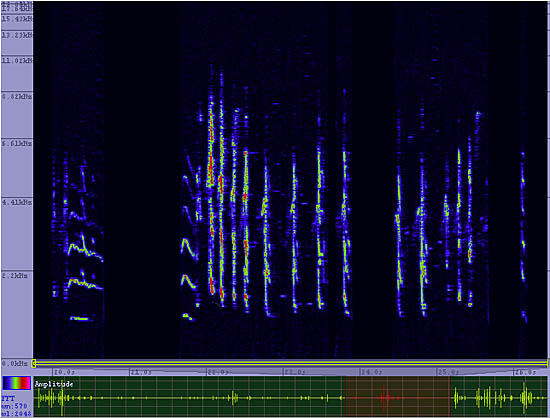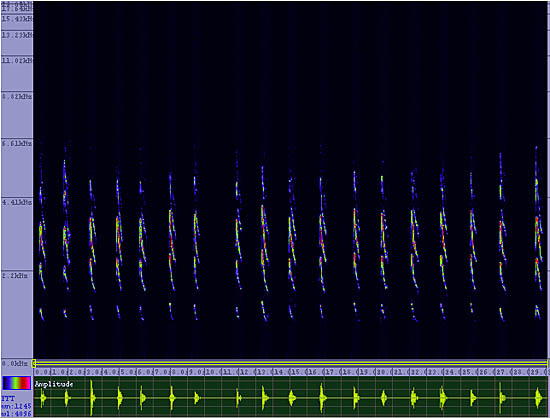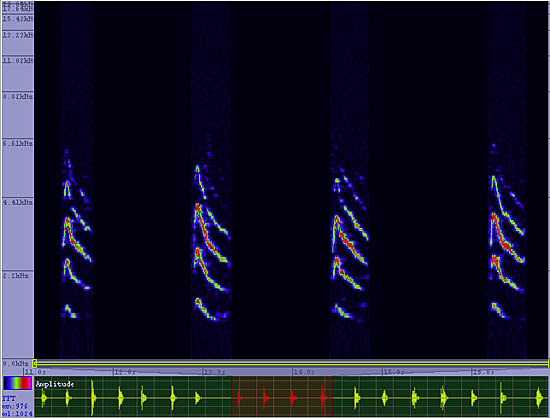Red-naped Sapsucker
Sphyrapicus nuchalis

Tree Clinging

Length: 9 in. (22 cm )
Both in winter broad-leafed forests and in summer coniferous forests, this woodpecker makes rows of small holes in a tree trunk and then returns often to eat the oozing sap as well as insects attracted to the sap. The cavity nest is placed in a soft-wood tree such as a cottonwood or aspen near water. Fruits are used in late summer and fall as a supplemental food.
The four-digit banding code is RNSA.
Bibliographic details:
- Article: Red-naped Sapsucker
- Author(s): Dr. Biology
- Publisher: Arizona State University School of Life Sciences Ask A Biologist
- Site name: ASU - Ask A Biologist
- Date published:
- Date accessed:
- Link: https://askabiologist.asu.edu/activities/bird/red-naped-sapsucker
APA Style
Dr. Biology. (). Red-naped Sapsucker. ASU - Ask A Biologist. Retrieved from https://askabiologist.asu.edu/activities/bird/red-naped-sapsucker
Chicago Manual of Style
Dr. Biology. "Red-naped Sapsucker". ASU - Ask A Biologist. . https://askabiologist.asu.edu/activities/bird/red-naped-sapsucker
Dr. Biology. "Red-naped Sapsucker". ASU - Ask A Biologist. . ASU - Ask A Biologist, Web. https://askabiologist.asu.edu/activities/bird/red-naped-sapsucker
MLA 2017 Style
Be Part of
Ask A Biologist
By volunteering, or simply sending us feedback on the site. Scientists, teachers, writers, illustrators, and translators are all important to the program. If you are interested in helping with the website we have a Volunteers page to get the process started.

